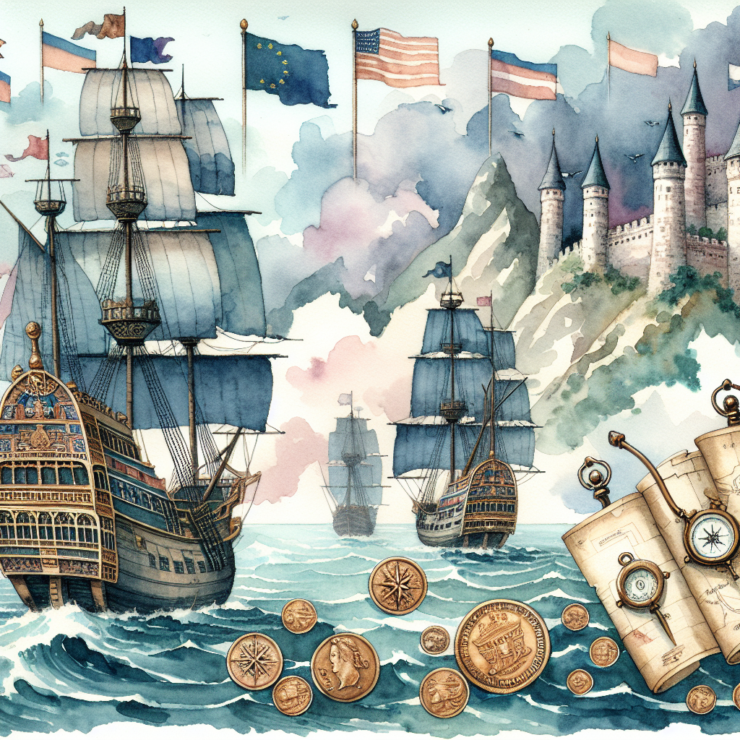Have you ever wondered about the untold stories of the sea, where hidden fleets once ruled and shaped our global history? Among these elusive tales is the narrative of the secret Chinese pirate fleet of the 19th century, whose impact on global trade and maritime power shifts remains an intriguing puzzle yet to be fully unraveled.
The Chinese seas in the 19th century were not just routes for merchants but battlegrounds where the lines between piracy and naval power were often blurred1. The secret pirate fleet, allegedly under the command of the notorious Ching Shih, commanded over 300 junks manned by tens of thousands of pirates1. Their operations were not merely acts of robbery and plunder but a sophisticated network that challenged the very essence of maritime authority in the South China Sea2.
One of the most profound impacts of this pirate fleet was on global trade. By controlling key trading routes and demanding protection money from merchant vessels, these pirates not only amassed huge fortunes but also inadvertently influenced trading patterns around the world. Their dominance forced traders to seek alternative routes, thereby altering the flow of global trade. This diversion had a lasting effect on the economic landscape of several nations and on the balance of power in maritime trade3.
Furthermore, the existence and operations of the Chinese pirate fleet catalyzed significant maritime power shifts. The threat posed by these pirates prompted greater naval collaboration among European powers and the Qing dynasty to safeguard their trading interests, leading to an increased Western naval presence in Asian waters. This, in turn, played a subtle yet pivotal role in the opening of China to the West, reshaping international relations and the geopolitical landscape of the 19th century4.
The narrative of the secret Chinese pirate fleet of the 19th century is a testament to the hidden influences that shape our world. These pirates were not just marauders of the sea but were pivotal characters in the grand story of global trade and power dynamics. Their legacy reminds us that history is often written by the victors, yet the tales of the vanquished hold invaluable lessons and perspectives5.
Let us sail beyond the horizons of conventional history, for it is in the uncharted waters and the untold stories that we find the true essence of our shared past. Let the tale of the secret Chinese pirate fleet inspire us to explore, understand, and appreciate the myriad narratives that weave the rich tapestry of human history.
- https://globalcapitalism.history.ox.ac.uk/files/case20-chinesepiratespdf [↩] [↩]
- https://www.atlasobscura.com/articles/ching-shih-chinese-female-pirate [↩]
- https://www.wilsoncenter.org/chapter-3-trade-agreements-and-economic-theory [↩]
- https://cepr.org/voxeu/columns/rum-gone-impact-maritime-piracy-trade-and-transport [↩]
- https://www.geopoliticalmonitor.com/red-sea-crisis-exposes-a-weak-point-of-global-maritime-trade/ [↩]








































Add comment